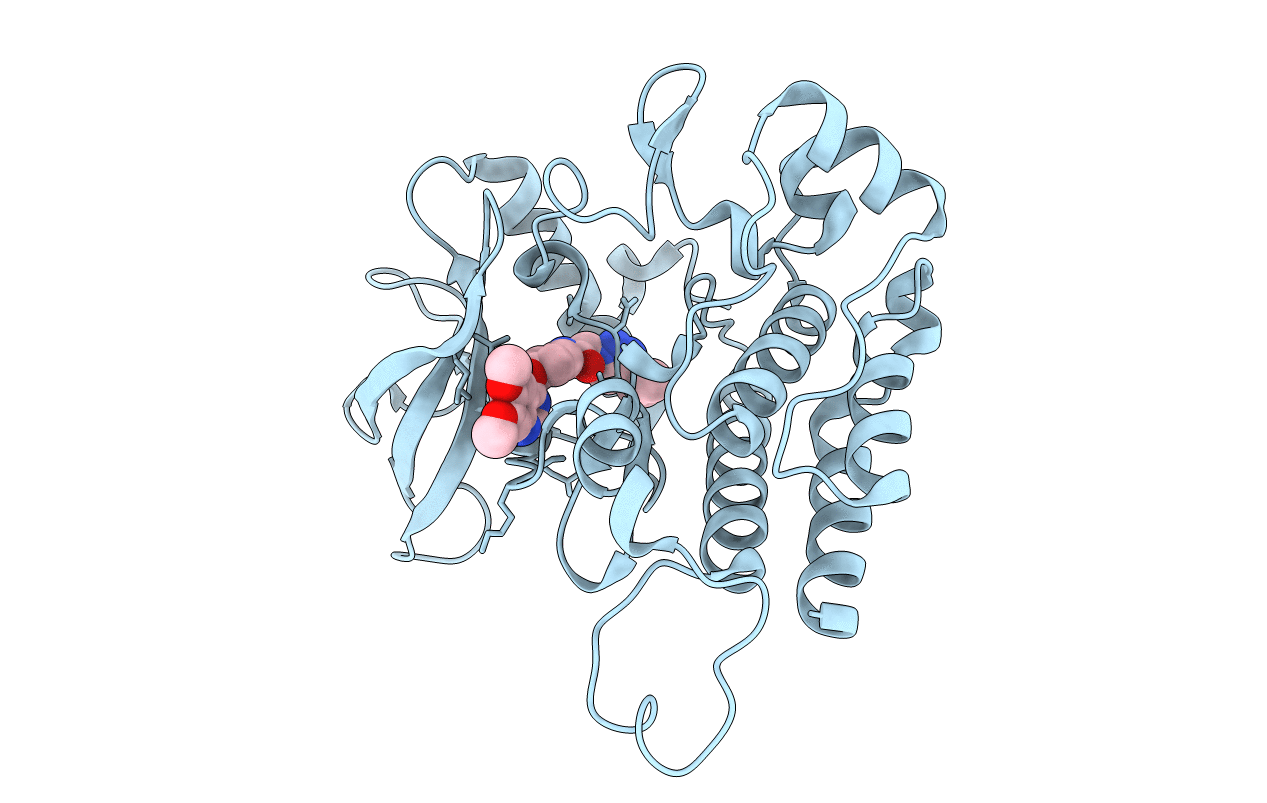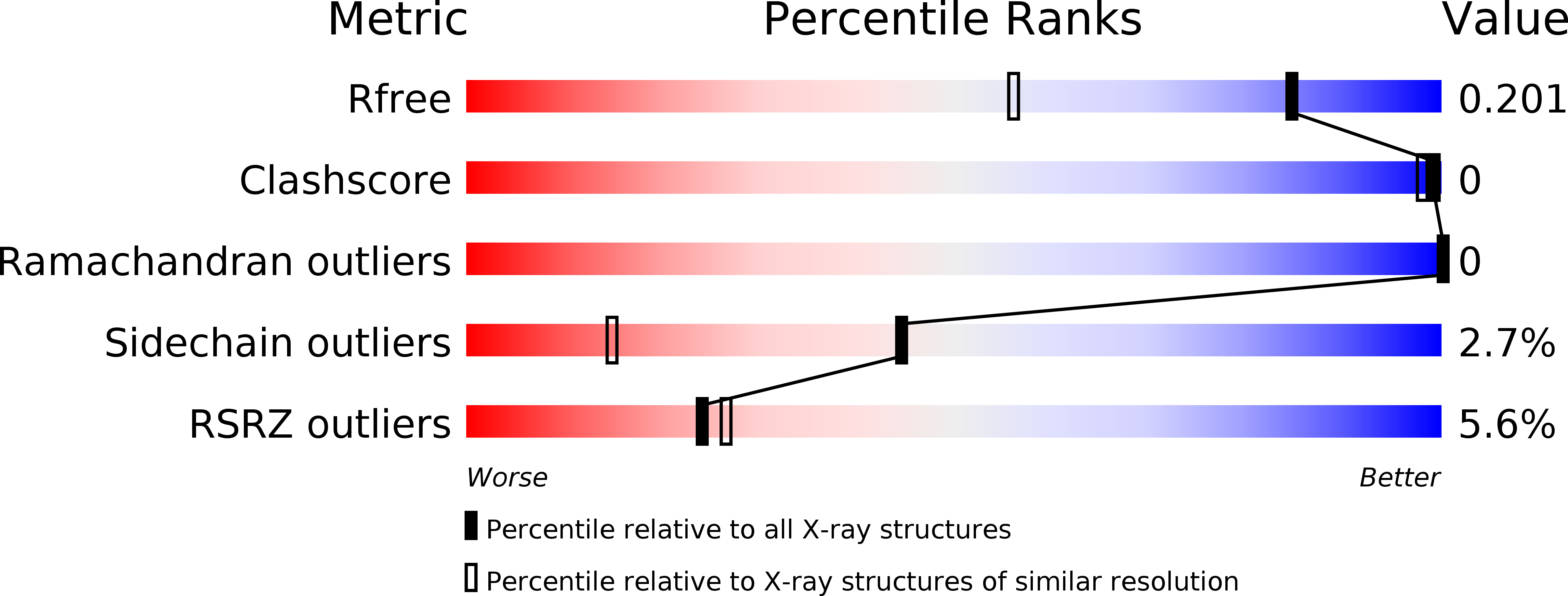
Deposition Date
2018-06-07
Release Date
2018-09-19
Last Version Date
2024-01-17
Entry Detail
PDB ID:
6GQQ
Keywords:
Title:
Crystal structure of human KDR (VEGFR2) kinase domain in complex with AZD3229-analogue (compound 35)
Biological Source:
Source Organism:
Homo sapiens (Taxon ID: 9606)
Host Organism:
Method Details:
Experimental Method:
Resolution:
1.52 Å
R-Value Free:
0.20
R-Value Work:
0.17
R-Value Observed:
0.17
Space Group:
P 1 21 1


